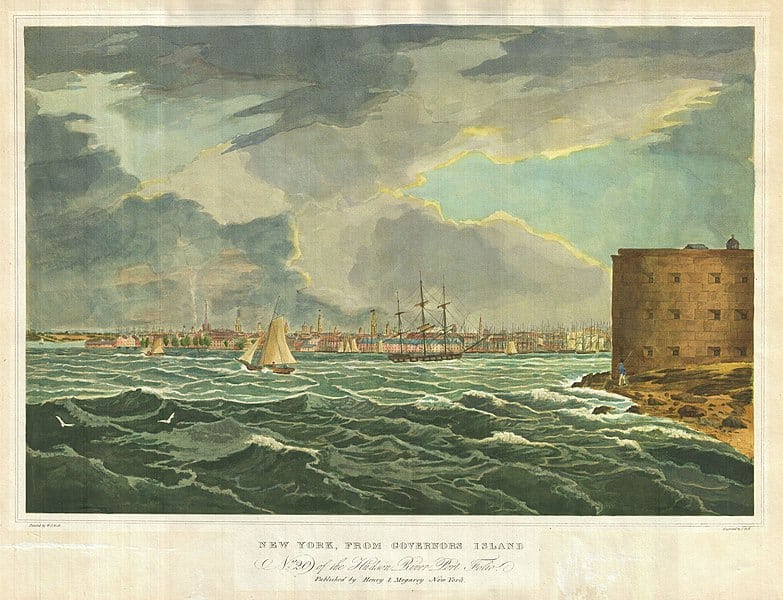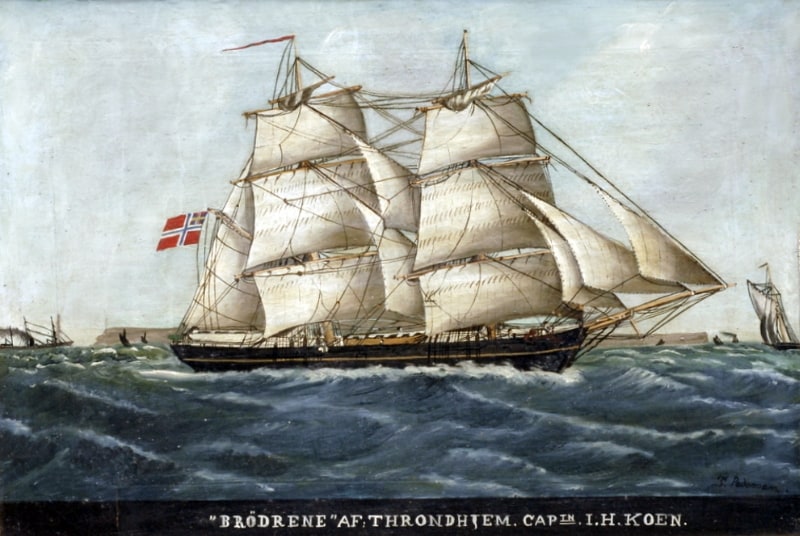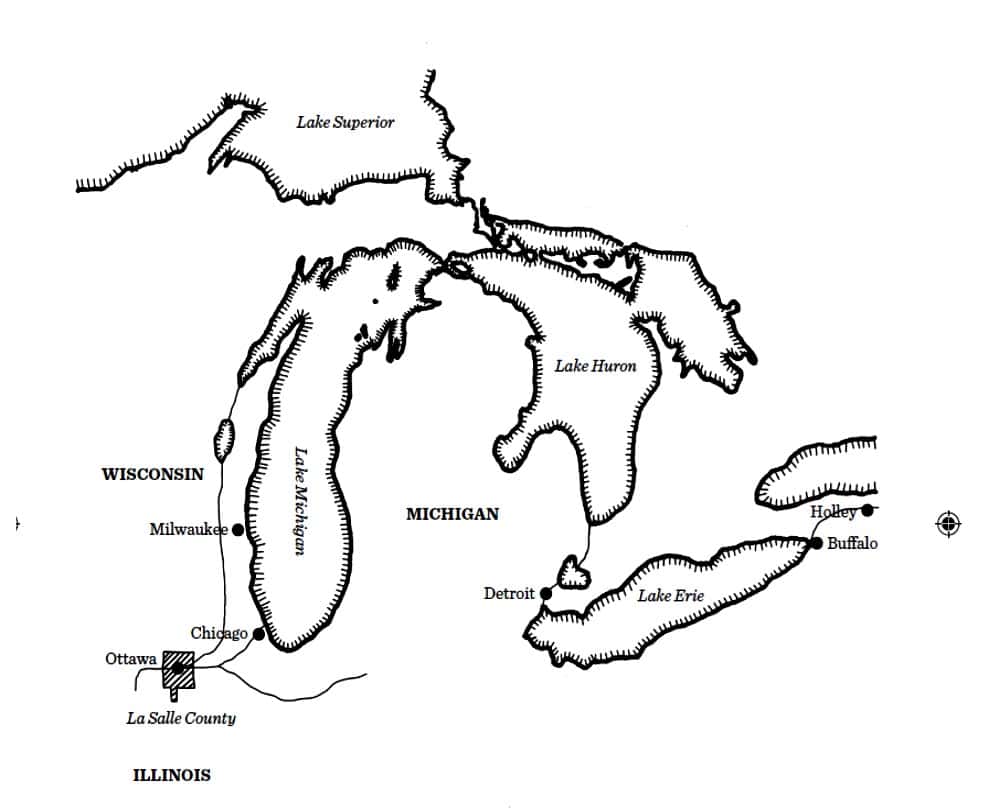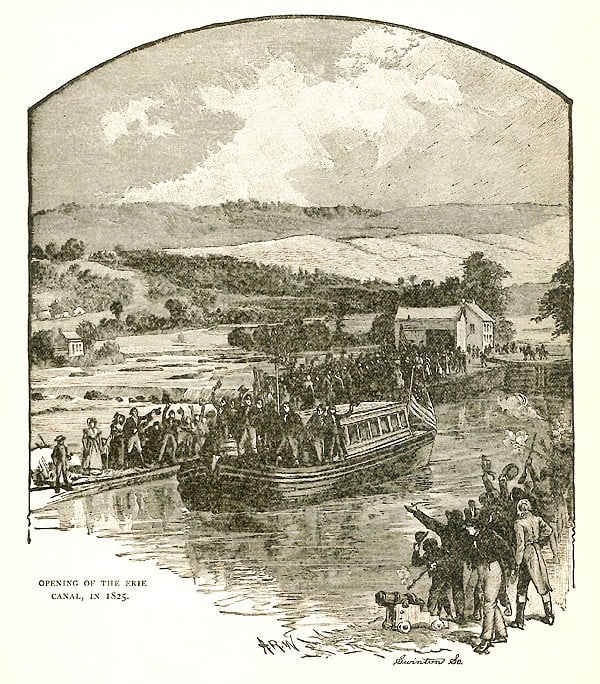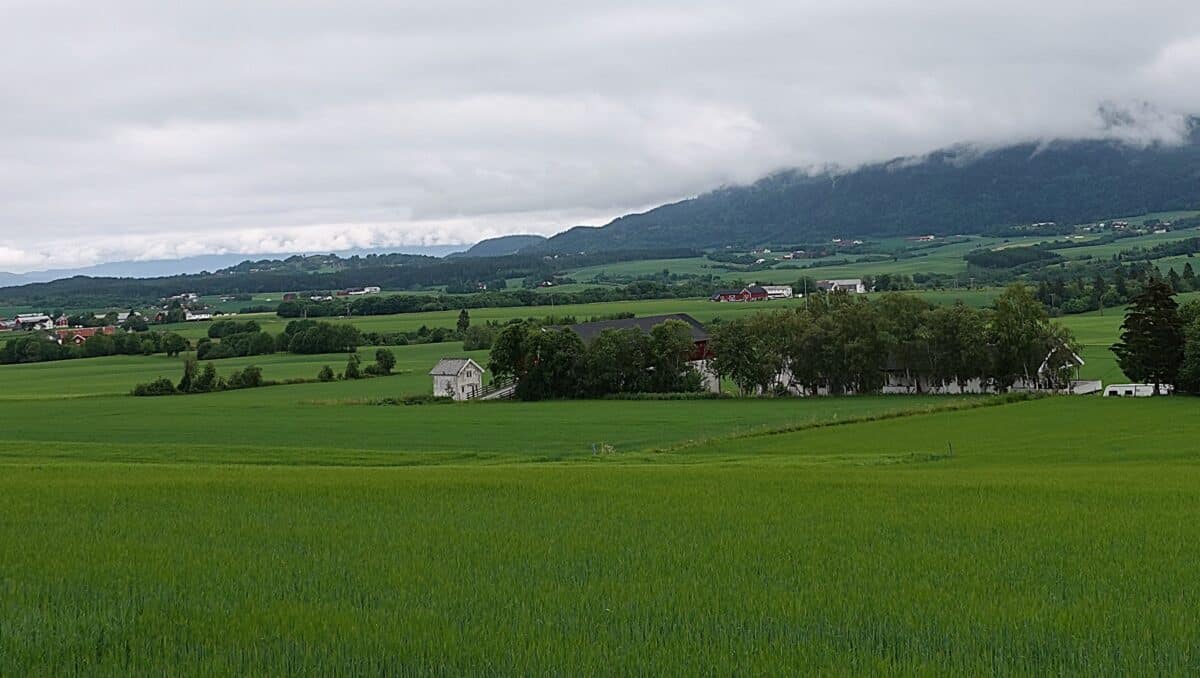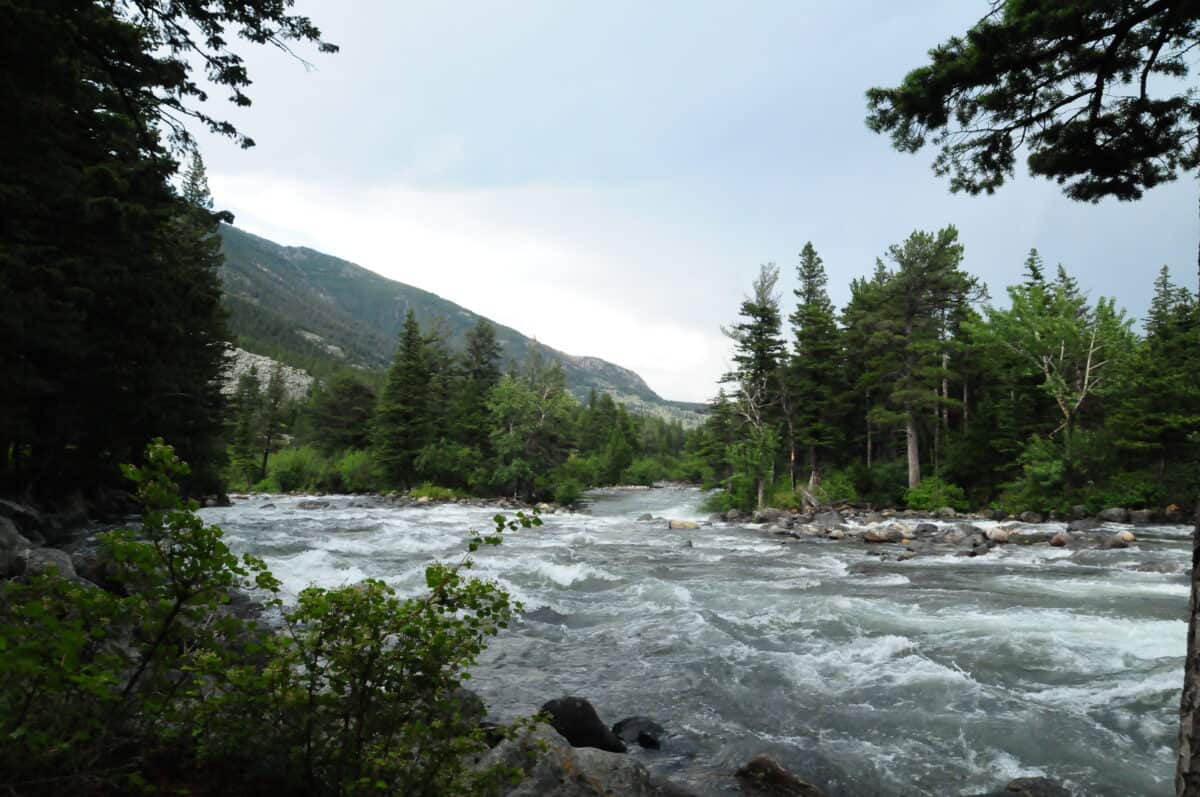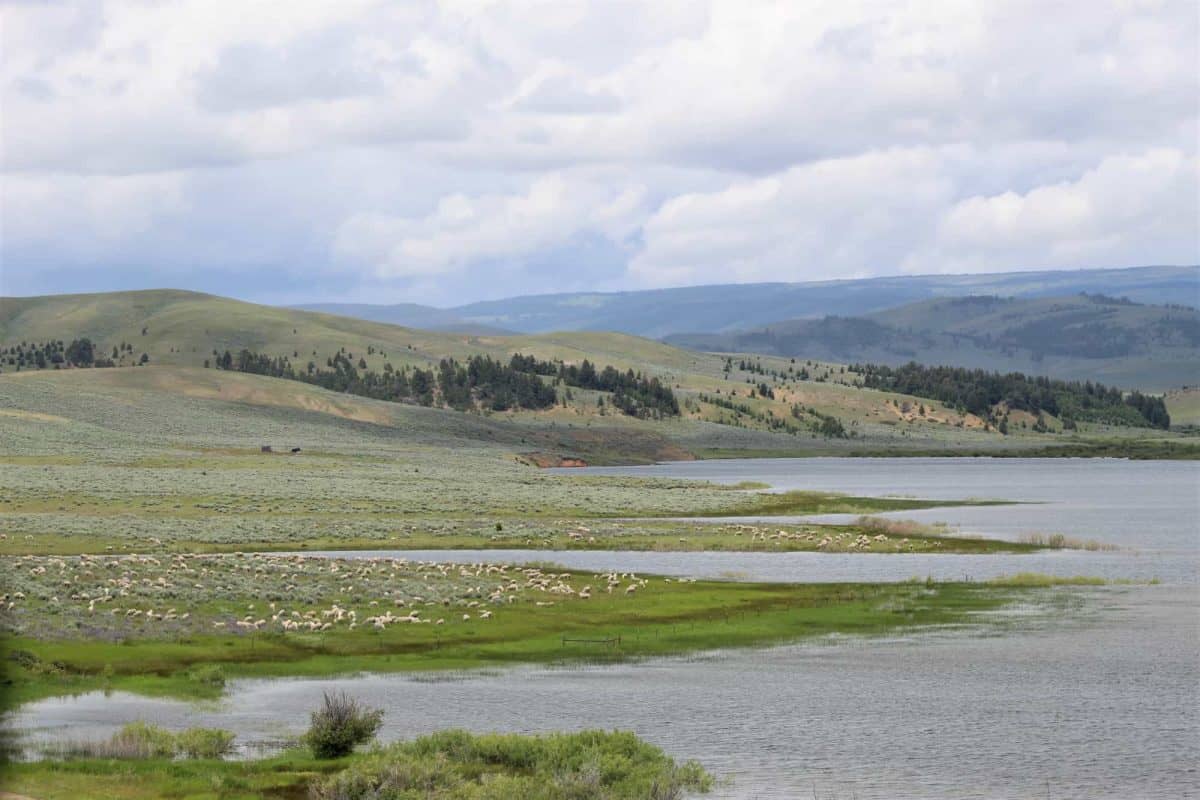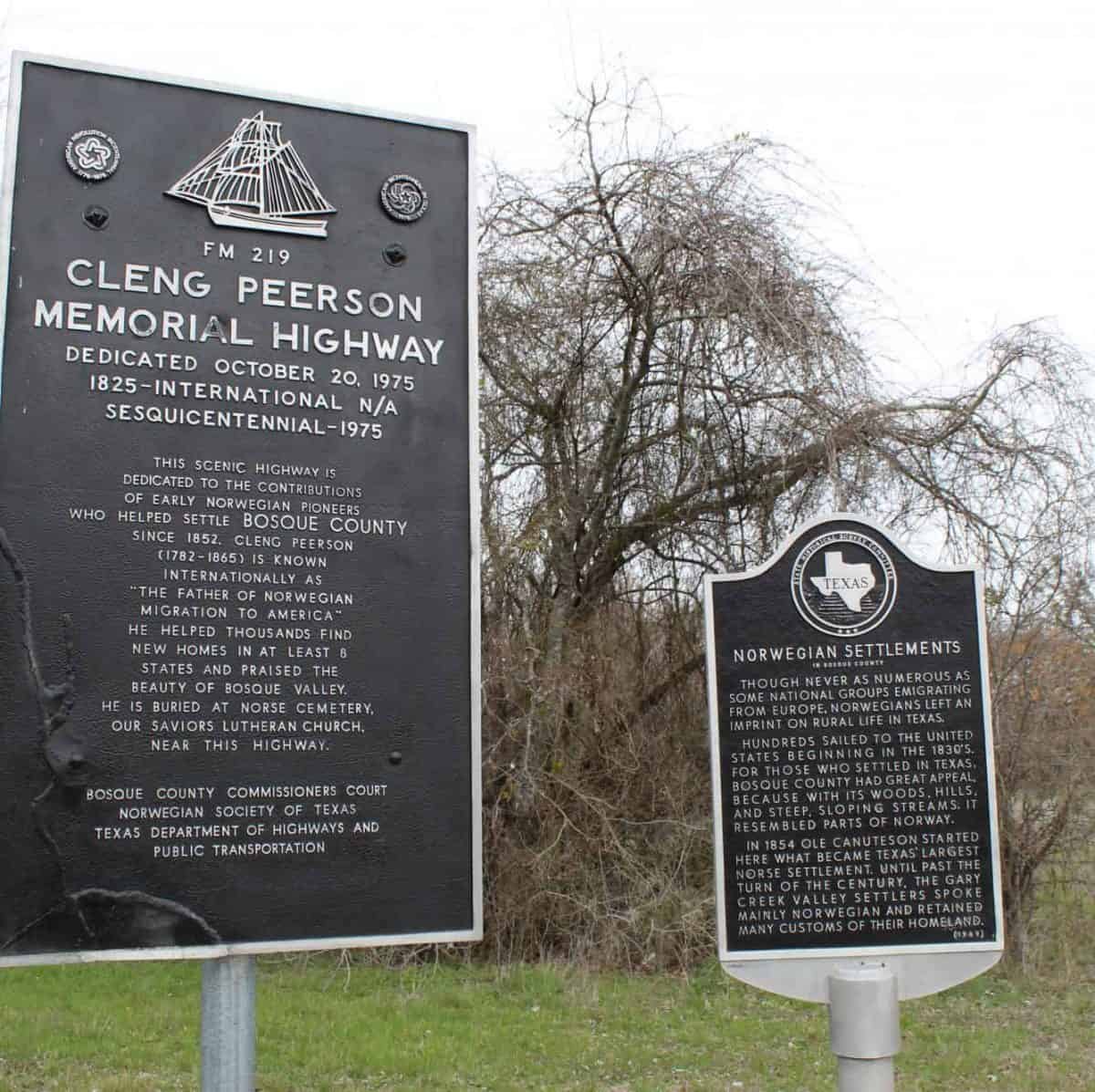
Cleng, Cleng
Name like a song.
Lonely and lean
Drifting along.
Crossing the prairies and wading
the streams,
His purse full of nothing, his hat
full of dreams.
— Veien har ingen ende.
The road has no end…
Kilde: Erik Bye, 1975 i boken Erik Bye, Veien har ingen ende, med tegninger av Karl Erik Harr, utgitt av J. W. Cappelen Forlag a.s, Oslo 1976, s. 27.
Cleng Peerson
Cleng Peerson was born in 1783 in Tysvær, Rogaland County, Norway, and died in December 1865 at Norse, Bosque County, Texas. He has a long-lived and well-earned reputation as the pathfinder of Norwegian emigrants. Today he is still a symbol of all people who dare to leave their homes and communities and take the risk of wandering into the unknown to build a new life. During his own life Cleng Peerson represented tolerance for others with regard to their way of life: their religion, language, and the color of their skin. He would talk with everyone he met on his way, and respected them all.
The concept of migration concerns movement in general. When we speak about human migration, we think about wandering, exploration and settling, groups or individuals crossing borders between countries and regions. Sometimes migration comes about because of poverty and repression, sometimes by the unknown possibilities at another place. It is our goal that the site will promote tolerance and respect for people on the move – be it the migrants of today, or of the centuries before us.
They came to build

On this site we will present short articles on migration: on lived life, but also articles about cultural, social, religious, economical and political elements that together create the society where the migrants lived their lives. See Why migration?
www.clengpeerson.no will be updated on a regular basis. All the oldest articles are in Norwegian, and all the newest in English. Our readers have been using Google Translate, and we trust you will continue to do that, or also use DeepL.
NORSK: Vi skriver heretter på engelsk, men vil beholde gamle artikler på norsk. Det er mange flere lesere med annet morsmål enn det norske. De har lest den norske teksten med Google Translate. Norske lesere inviteres til å oversette engelske sider, på samme vis!
Latest news!

First organized emigration from Norway
The first organized emigration from Norway to the USA was triggered by the persecution of a small Quaker sect in Stavanger around 1820. The Quakers in Stavanger, western Norway, felt harassed by the state church, by the authorities, and people in the local community. The Quakers and religious freedom Painting of English prison ships near the mouth of the river Thames, 1814. During the Napoleonic Wars, from 1807 to 1814, the…
The Archive

- Canadian prairies and Norwegian immigrants
- Cleng Peerson og tidlig emigrasjon
- Drømmen om egen gård
- Helse og levekår
- Innvandring, utvandring og migrasjonskjeder
- Kirke, utdanning, norskhet og etnisitet
- Mining, sheep and cattle
- Nordmenn i den amerikanske borgerkrigen
- Norske immigranter i Midtvesten
- Norske immigranter i Texas
- Norske innvandrere og indianere
- Norwegian engineers in North America
- Norwegian immigrants in Montana
- Norwegian immigrants in the mining industry
- Tilbakevandring
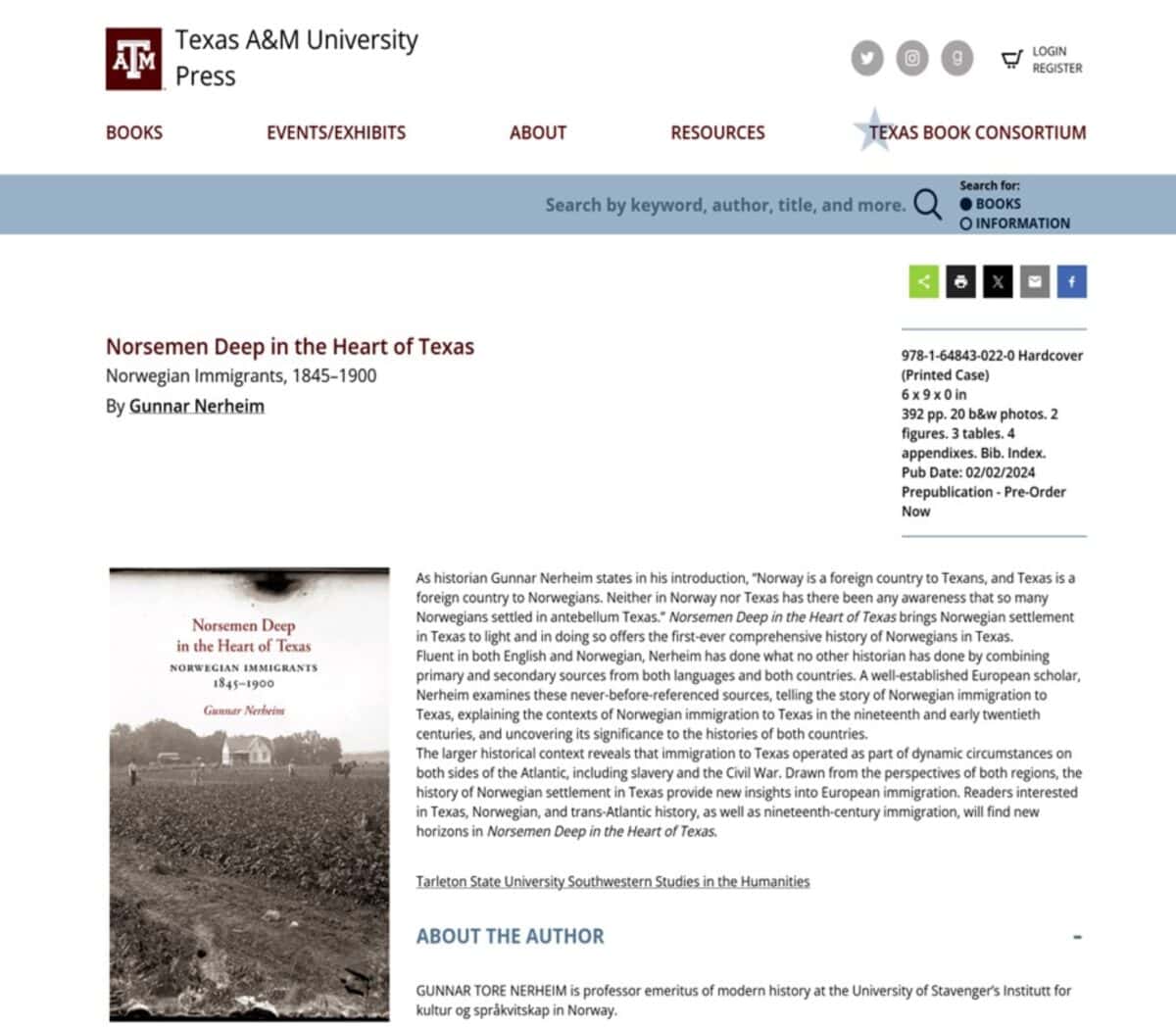
Sailships, steamships and Norwegian emigrants
In the decades before the American Civil War and also the first few years after the war, most Norwegian emigrants chose to buy a ticket on a Norwegian sailing ship that brought passengers directly from a Norwegian port to America. After…
A new beginning farther west
The first Norwegians in western New York worked hard for several seasons to grow enough food for their families to last through the long and cold winters. Their new home in America was no Canaan’s Land. Could there be a new…
No milk and honey for Norwegians in Western New York
On October 21, 1825, most of the Norwegian emigrants from the sloop Restauration boarded a steamship from New York to Albany. From Albany they traveled west through the region of the brand-new canal, which was creating a direct route to Lake…
Who was Cleng Peerson, the father of Norwegian Emigration?
Just before Christmas in 1886 the Cleng Peerson monument was unveiled in the cemetery of “Our Savior’s Lutheran Church” at Norse in Bosque County, Texas. The monument was dedicated to “Cleng Peerson, the Father of Norwegian Emigration to America”. It had…
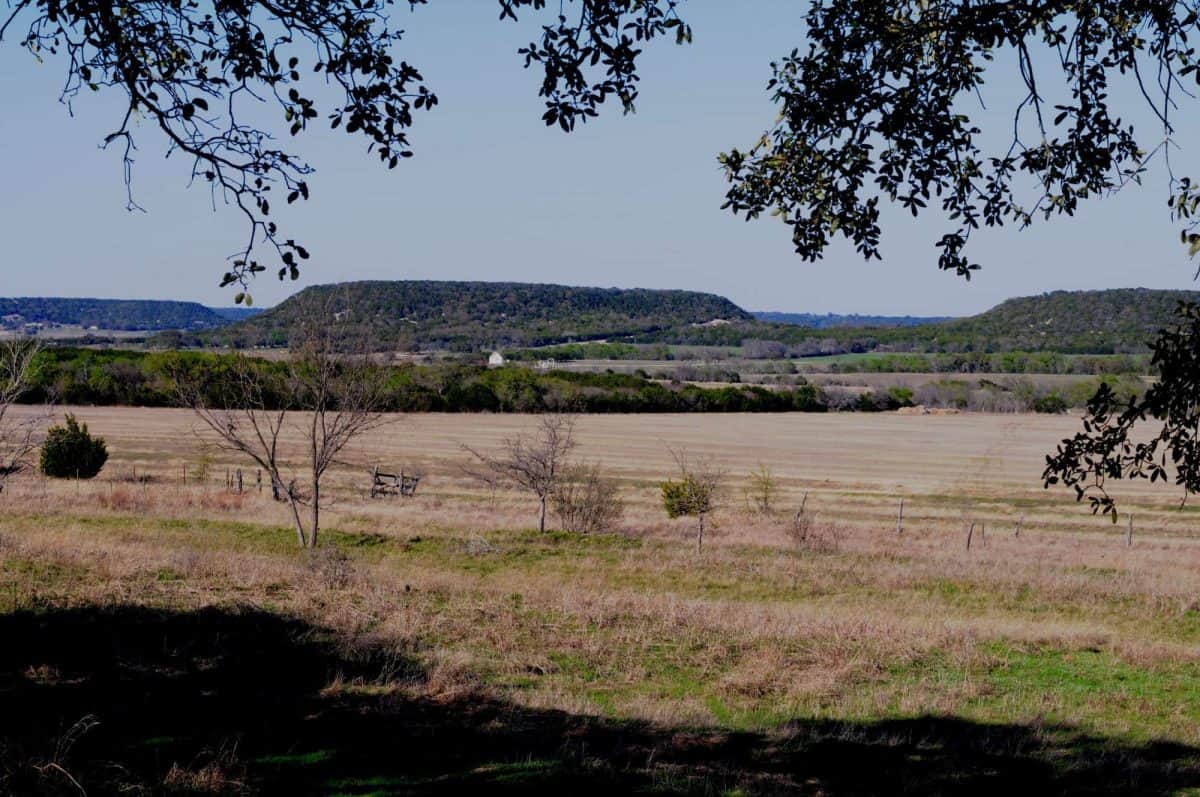
The long, low hills in Bosque reminded them of Norway
Emigrants from Byneset, Trøndelag, ended up in Montana
Before the Civil War, emigrants from Norway usually crossed the Atlantic on board a Norwegian sailing ship from a Norwegian harbor to New York or Quebec. This mode of transportation changed radically in the 1870s. Trans-Atlantic steamship companies from British ports offered faster journeys….
Time to tell the story of early Norwegian immigrants in Montana
It is high time to tell the story of early Norwegian immigration to Montana. In his excellent book from 1958, Kenneth Bjork, West of the Great Divide. Norwegian Migration to the Pacific Coast, 1847-1893, wrote that important research themes such as the “movement of…
Early sheep industry in Montana. The big picture
Many people have written about the history of the Montana cattle industry. In comparison, historical research and writing on the sheep industry in Montana is scant. The stories of “the great sheep trails from California and Oregon have lain in deep obscurity,” wrote Edward…
Gold discovery led to the establishment of Meagher County, Montana
Late in the fall of 1864 gold was discovered in a gulch on the west-facing slopes of the Big Belt Mountains. The small stream flowing through the gulch drained into Canyon Ferry Lake. The gold was discovered by four former Confederate soldiers who were…
Views: 17828
